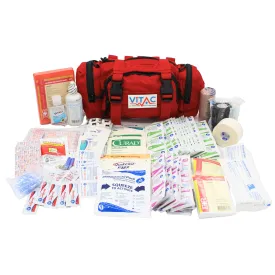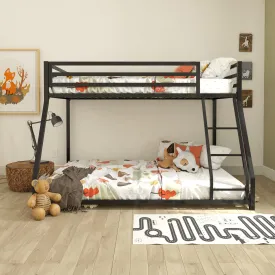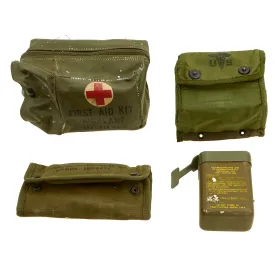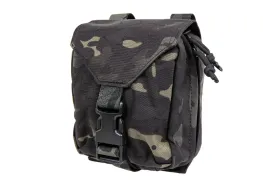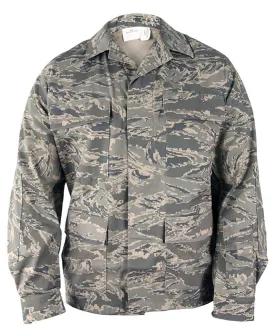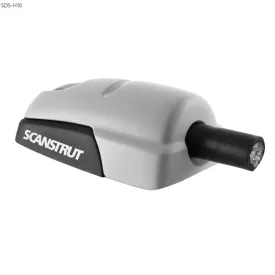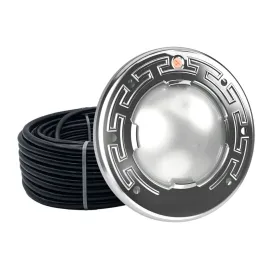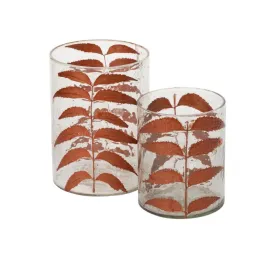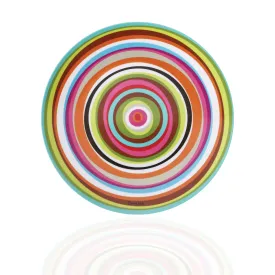Original Items: Only One Lot of 3 Available. A fateful conversation inspired the creation of Johnson & Johnson’s First Aid Kit, which was released in 1888. Aboard a train heading to Colorado for vacation, company founder Robert Wood Johnson struck up a conversation with the Denver & Rio Grande Railway’s chief surgeon. The doctor explained to Johnson the dangers of railroad construction and the lack of medical supplies to treat the unique industrial injuries that were often incurred great distances from hospitals. From this exchange, Johnson saw an opportunity to both advance the field of healthcare and build his young business. And from this modern need, the commercial First Aid Kit was born.
In 1913 the U.S. Army developed a medical belt to be used on the battlefield. The belt had ten pockets which contained a tourniquet, adhesive plaster, safety pins, iodine, gauze, field dressing, bandages, ammonia, pins and diagnosis tags. A canteen hanger and ax carrier were also a part of the belt, along with various other accessories.
But during WWI, it became evident that the medical belt design was not effective. It did not withstand the trials of war. Both the packaging and the contents were considered utterly useless in the field, and the medical belt was no longer used by the U.S. military.
By World War II, medical corpsmen wore just two medical pouches at the waist, which wouldn’t interfere with mobility – a lesson learned by the failure of the medical belt. Johnson & Johnson continued evolving the first aid kit for widespread use by every individual and industry.
As technology continues to advance, the contents of the medical kit continue to advance as well. But many of the original items have stood the test of time. Although tourniquets, dressings and other items have changed throughout the years, the general concept of the medical kit remains the same – to save lives.
The Kits Featured In This Lot:
- Emergency Fishing Kit: This kit and similar versions were created for pilots and lifeboats. The fishing kits were produced by the Ashaway Line & Twine Mfg Company in Rhode Island with components and input from others. Ashaway was founded by Captain Lester Crandall who manufactured fishing line. He devised and perfected several line-making machines.
By 1943, they were standard equipment on all lifeboats, life rafts and life floats used by the U.S. Navy, Army Transport Corp, U.S. Coast Guard, Maritime Commission, Naval Air Forces and Army Air Corps.
The kit is unused and complete, it even still has the original instructions manual. The kit provided many different methods to catch fish and included instruction on how to make "fish juice". It also suggests the kit can be used to catch birds.
- USN Naval Aviator First Aid Pouch With Contents: A rare late Korean War early Vietnam Era US Navy USN Aviator's First Aid Kit Pouch. Offered in excellent condition, bears the stock number S2-1063 with U.S. Navy and a red cross. This is the pouch for the individual first aid kit that was attached to the flight suit of each USN Aviator late in the Korean War and the early years of the Vietnam War. The internal tag marked AVIATOR'S KIT INDIVIDUAL MFG. BY CONRAY PRODUCTS CO. NEW YORK, N.Y. The contents of this pouch include a Small Carlisle bandage, mercurochrome, tape and sterilized handy bandages.
-USN First Aid Kit Type 10527: We believe this to be a small boat / life boat & raft first aid kit. The contents include Sentinel gauze compresses, mercurochrome, boric ointment, handy bandages, iodine and a few empty glass vials which more than likely had some sort of medication in them.
These are all wonderful items that come more than ready for further research and display!
Idiot Clause - the contents of the kits are pre-1960 manufacture and are NOT suitable for use. They are being sold as novelty collector pieces only.





















